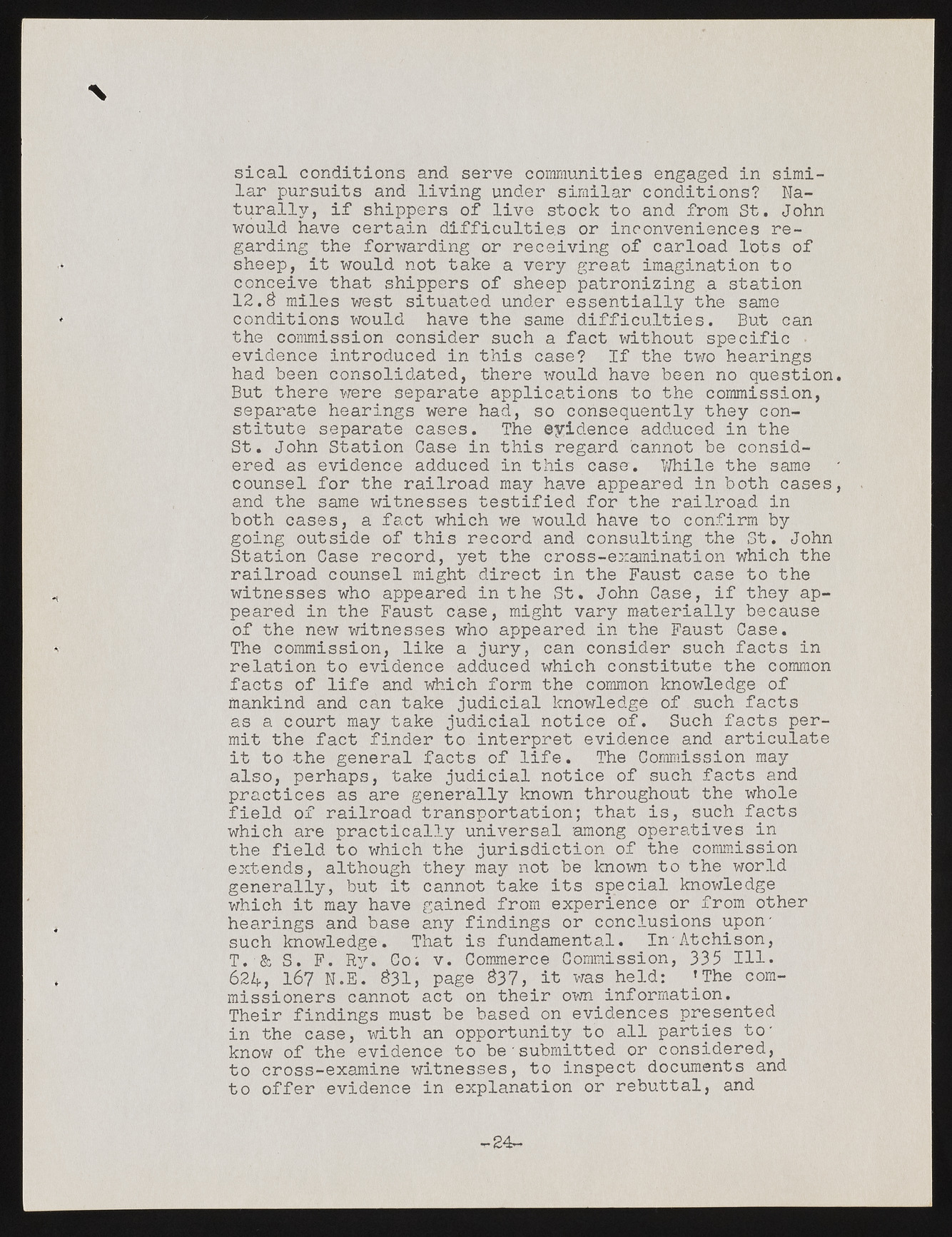Copyright & Fair-use Agreement
UNLV Special Collections provides copies of materials to facilitate private study, scholarship, or research. Material not in the public domain may be used according to fair use of copyrighted materials as defined by copyright law. Please cite us.
Please note that UNLV may not own the copyright to these materials and cannot provide permission to publish or distribute materials when UNLV is not the copyright holder. The user is solely responsible for determining the copyright status of materials and obtaining permission to use material from the copyright holder and for determining whether any permissions relating to any other rights are necessary for the intended use, and for obtaining all required permissions beyond that allowed by fair use.
Read more about our reproduction and use policy.
I agree.Information
Digital ID
Permalink
Details
Member of
More Info
Rights
Digital Provenance
Publisher
Transcription
X sical conditions and serve communities engaged in similar pursuits and living under similar conditions? Naturally, if shippers of live stock to and from St. John would have certain difficulties or inconveniences regarding the forwarding or receiving of carload lots of .* sheep, it would not take a very great imagination to conceive that shippers of sheep patronizing a station 12.$ miles west situated under essentially the same » conditions would have the same difficulties. But can the commission consider such a fact without specific evidence introduced in this case? If the two hearings had been consolidated, there would have been no question. But there were separate applications to the commission, separate hearings were had, so consequently they constitute separate cases. The evidence adduced in the St. John Station Cas-e in this regard cannot be considered as evidence adduced in this case. While the same counsel for the railroad may have appeared in both cases, and the same witnesses testified for the railroad in both cases, a fact which we would have to confirm by going outside of this record and consulting the St. John Station Case record, yet the cross-examination which the railroad counsel might direct in the Faust case to the ^ witnesses who appeared in the St. John Case, if they appeared in the Faust case, might vary materially because of the new witnesses who appeared in the Faust Case. * The commission, like a jury, can consider such facts in relation to evidence adduced which constitute the common facts of life and which form the common knowledge of mankind and can take judicial knowledge of such facts as a court may take judicial notice of. Such facts permit the fact finder to interpret evidence and articulate it to the general facts of life. The Commission may also, perhaps, take judicial notice of such facts and practices as are generally known throughout the whole field of railroad transportation; that is, such facts which are practically universal among operatives in the field to which the jurisdiction of the commission extends, although they may not be known to the world generally, but it cannot take its special knowledge which it may have gained from experience or from other . hearings and base any findings or conclusions upon' such knowledge. That is fundamental. In'Atchison, T.-& S. F. Ry. Co; v. Commerce Commission, 335 111. . 624, 167 N.E. $31, Page 837, it was^held: [The commissioners cannot act on their own information. Their findings must be based on evidences presented in the case, with an opportunity to all parties to' know of the evidence to be'submitted or considered, to cross-examine witnesses, to inspect documents and to offer evidence in explanation or rebuttal, and t-24-

